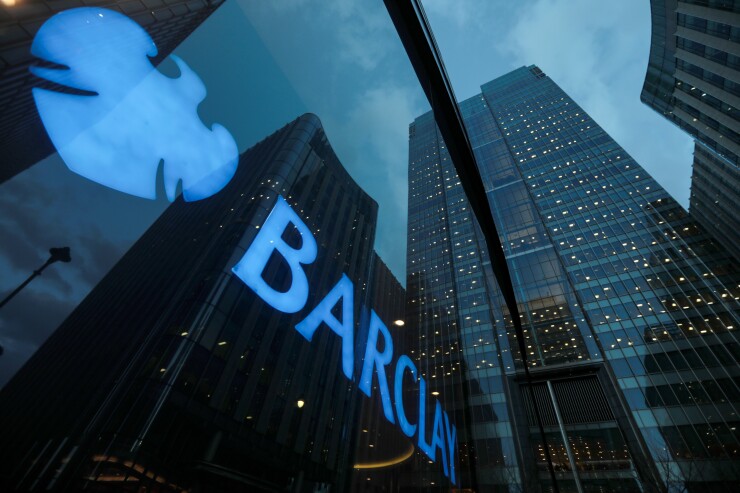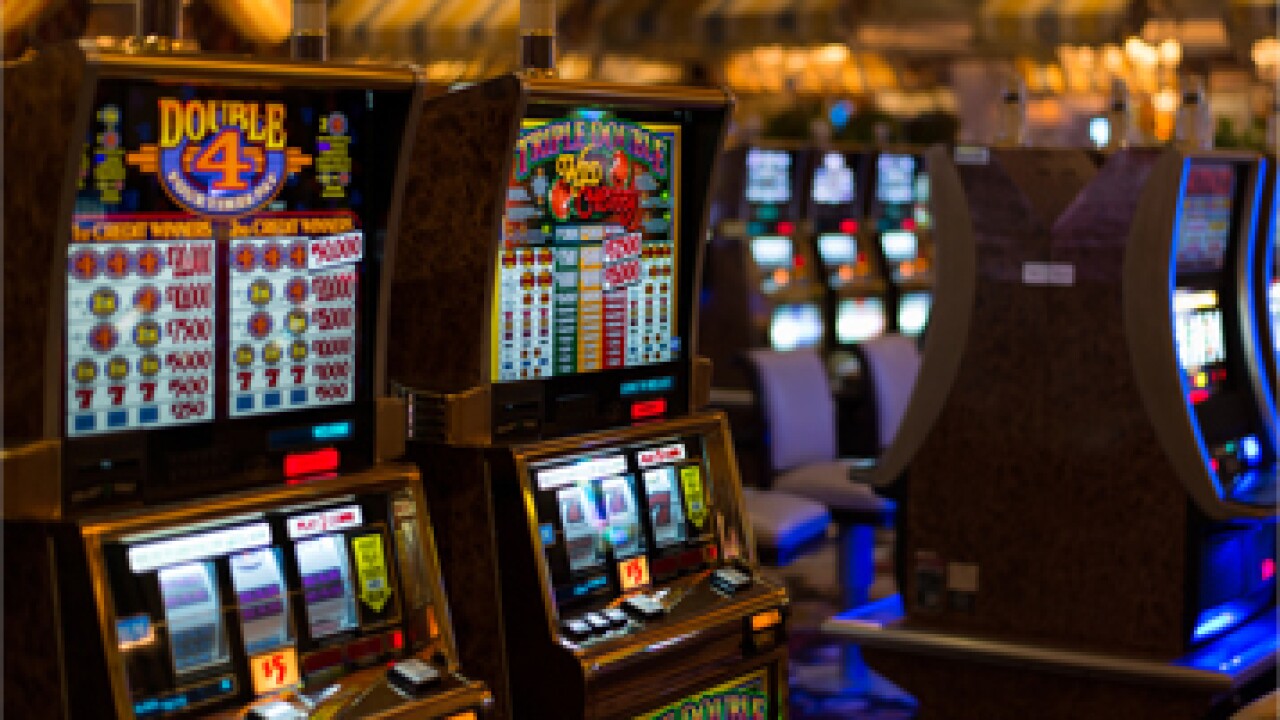Barclays has been highly active and aggressive in payments innovation on its home turf, giving it insight into which of its projects could find footing as it expands in the U.S.
“The U.S. market is a market where Barclays has just scratched the surface; there are features that we have in the U.K. that don’t exist" in the U.S., said Sagar Dalal, head of digital payments and innovation for Barclays U.S. Consumer Bank.
The bank this month deployed a new version of card controls designed to guide how, when and where cards are used. It’s positioning the controls as a next-gen version of the relatively common card freeze apps that halt usage for lost or stolen cards.

Barclays is tying card usage directly to its mobile app in real time, sending alerts each time the card is used for a purchase. There’s also features that resemble corporate spend policies applied to consumers, such as customization for merchant types including restaurants, entertainment, department stores, and per-transaction dollar limits to help cardholders and authorized users spend within a budget.
Barclays is targeting families with the controls, enabling parents to supervise how their children spend. But it’s also laying the groundwork in the U.S. to embed spend flexibility and speed into new internet of things and AI-driven shopping and payment options that will likely require greater visibility into spending as payments happen more frequently.
“Cards are being used at a lot more places and for a lot more reasons,” Dalal said. “And there’s more people using cards for [cross purposes]. More family members are using cards, and small businesses are using cards for personal and business use at the same time. In a case where people may be handing their card out more often, they can lose control over where and how that card’s being used.”
Barclays is part of that proliferation.
Barclays has also put transaction technology in unusual places, such as coffee cups through a partnership with U.K. chain
The bank's innovations have been more sharply focused on its home U.K. market. That has provided some clues into what’s workable as Barclays extends its mix of IoT, AI and card management tools deeper into international markets such as the U.S. Barclays merged
The bank has additionally entered
There’s also been a
Barclays faces plenty of competition in that effort, including from companies that are diversifying how card payments can exist alongside other services.
And
In this environment, Barclays is matching its new card control program to the innovations that it has already tested elsewhere.
"Whether it's more digital features or voice, chatbots or AI, it's part and parcel of how this technology can lesson the burden of financial management," Dalal said.





